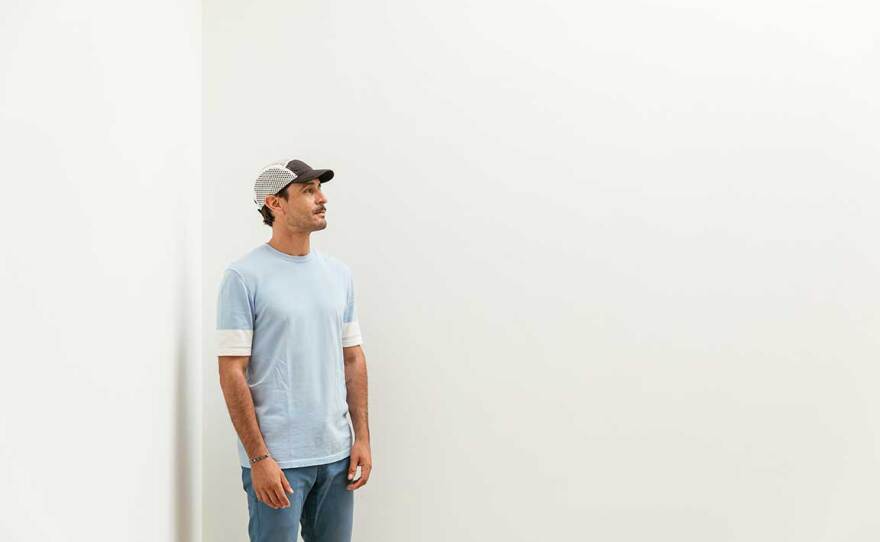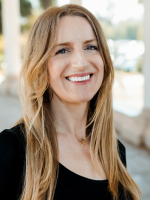In March, Lux Art Institute and San Diego Art Institute announced they would combine to form the Institute of Contemporary Art San Diego (ICA San Diego). This weekend, the doors will open at ICA Central, the Balboa Park space.
What's an ICA?
The ICA San Diego is the merger of Lux Art Institute — which was focused on bringing the public and artists together in the artistic process through residencies and education — and San Diego Art Institute, a generously sized contemporary art exhibition space in the heart of Balboa Park. As an Institute of Contemporary Art, it aims to invite the entirety of the region to explore contemporary art in meaningful, local and accessible ways.
ICA San Diego is free to the public, placing the institution on the short-but-growing list of museums in Balboa Park that are eschewing traditional admission fee models.
RELATED: Low- and No-Cost Museum Admission Aims to Boost Access

What's on view?
The first exhibition at ICA Central is Mexican conceptual artist Gabriel Rico's "Unity in Variety." Rico has filled the gallery with neon, found objects, found video, anthropomorphized sculptures, sand, and taxidermy on loan from The Nat.

There's also a lot of stuff that looks like it might be trash.
The use of found, regional objects (and trash) is Rico's way of making work that's significant to a time and a place, and its community.
"You can define a period of time just with one object. For example, a Coca-Cola bottle. If you see a Coca-Cola bottle you can define a precise space-time situation, just because before a certain point in time it’s known that the humans cannot have the capacity to manipulate or create glass. Another example is a CD or USB port," Rico said earlier this year.
The neon works — groupings of characters, shapes and symbols — hang from the vast ceiling as you enter, but neon also plays a role in Rico's other works.
"Neon is that sort of plane between the tangible and ethereal. It's a gas. So you're talking about something that's not really tangible, but we make it tangible visually. So for him, it's that perfect medium," said ICA San Diego executive director Andrew Utt.
Gabriel Rico's exhibition, "Unity in Variety" will be on view at ICA Central (1439 El Prado, Balboa Park) until January 23, 2022.
The gallery's admission-free hours are Friday through Sunday from noon to 4 p.m.
Rico constructed several stick figure-like sculptures using corrugated steel, found objects, ceramic art pieces and in most cases, a screen positioned as a head. The six sculptures are in the "Fish begin to stink by the head" series, and each invites a closer look, either with found video or spinning holograms.
There's also an augmented reality coyote in the exhibition. With the museum's app, you can follow a coyote around the gallery. The use of AR is a big nod towards interaction and accessibility. The coyote might be the primary way visitors engage with the art and the space, or it might be another layer.
How is the Nat involved?
The San Diego Natural History Museum let Rico browse their exhibition library and borrow taxidermy and other specimens like rocks or petrified wood for placement in the ICA gallery. The creatures and birds are situated across the sand-covered gallery floor, integrated in his exhibition, bringing the human experience of nature to the forefront of his work.
Rico was also invited to install companion work at The Nat, in their "Unshelved" exhibition. Amongst the taxidermy specimens, Rico hung neon symbols and positioned the specimens to gaze at the light. One mounted skull is adorned with carefully positioned inflatable beach balls.
The neon symbols in The Nat installation are significant, and are a continuation of the hanging neon series at ICA, Utt said.
"These are all connector symbols, symbols that either reference something else or to tie ideas and thoughts together. The ampersand is literally to represent "and" and connect two ideas, the asterisk is a reference for more information. The pound symbol, the hashtag, is to give reference to more connectivity," said Utt. There's also an "@" symbol and a dollar sign — indicating a transaction and consumption of objects.
What about the Lux Art Institute space?
ICA North is the former Lux Art Institute in Encinitas, and Christine Howard Sandoval's artist residency continues through Oct. 31, 2021.
Also on view at ICA North is "Position Vector Salton Sea," a project in partnership with the Torres Martinez Cahuilla Desert Indian Tribal Community and land artist Hans Baumann. It measures the Salton Sea's rate of disappearance, and the exhibition uses ceramics, video and drawing from the work of dozens of young people in the tribal community. That's on view through Nov. 14, 2021.









